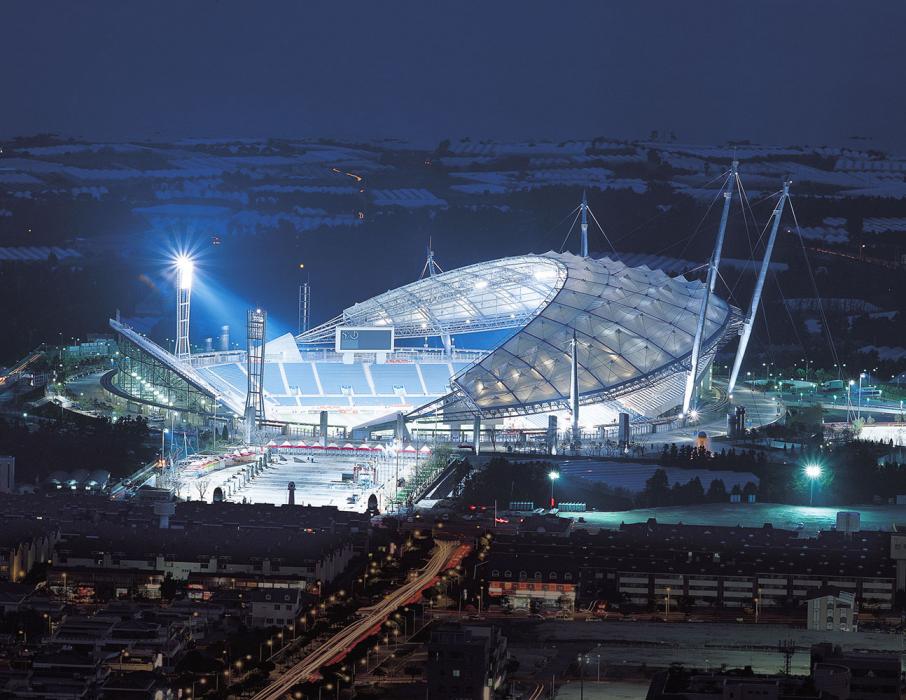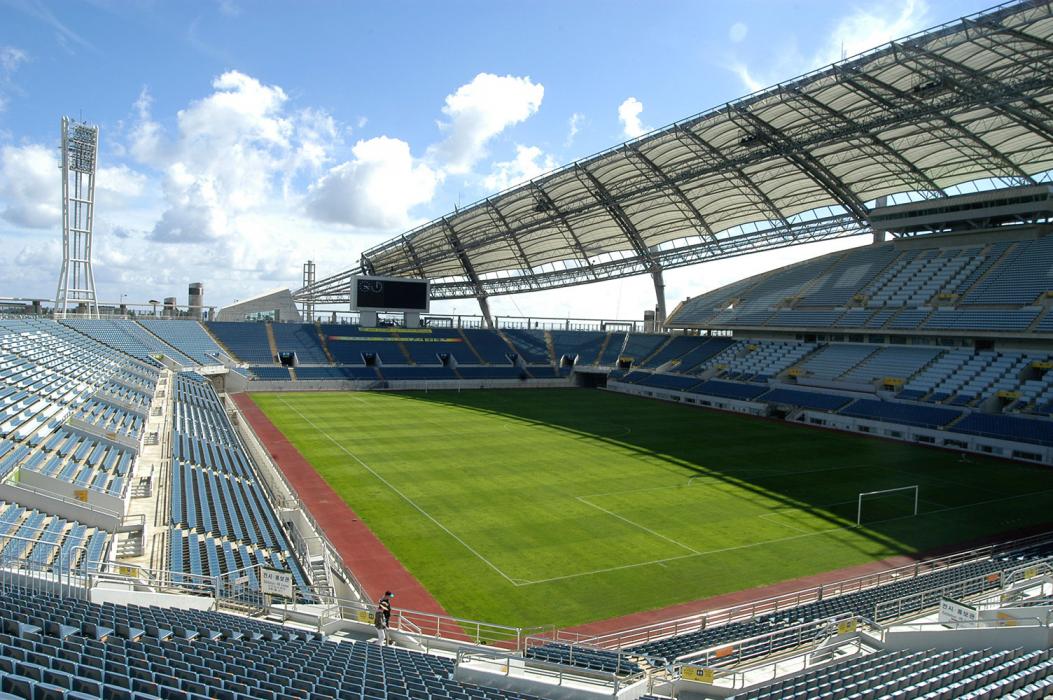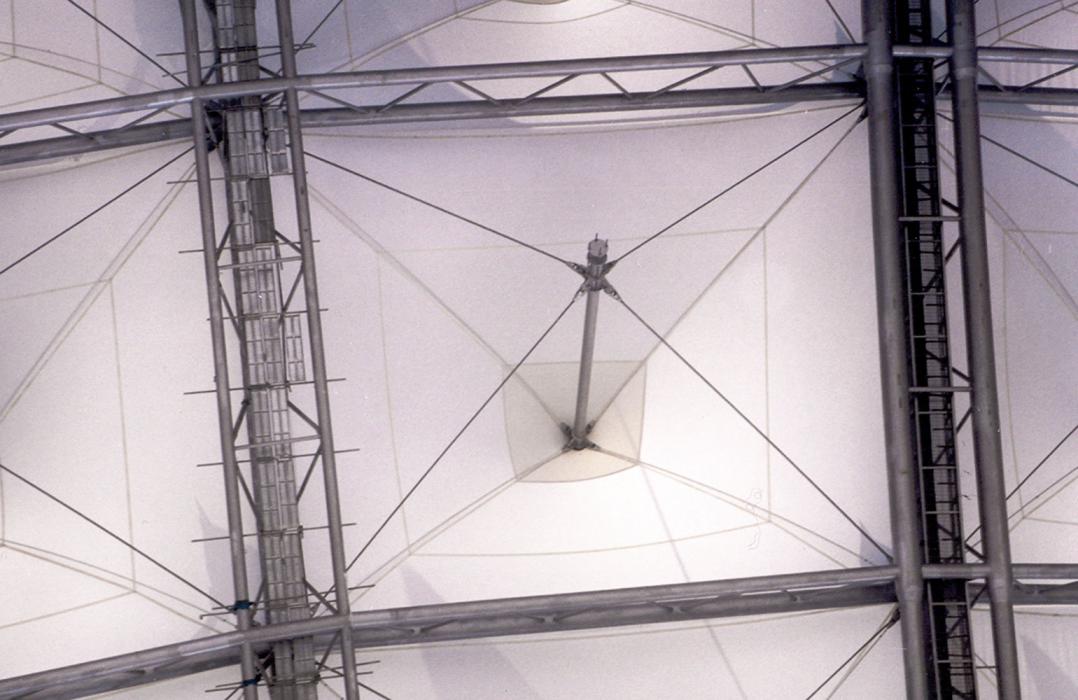Jeju World Cup Stadium
Geography played an inspiring role when the design teams met to build a new world-class soccer stadium on South Korea’s volcanic Jeju Island.
Lead Contact

Project Details
A Stadium Design with a Volcanic Inspiration
Geography played an inspiring role when the design teams met to build a new world-class soccer stadium on South Korea’s volcanic Jeju Island. The 40,000-seat Jeju World Cup Stadium’s shape is modeled after "orum”, the regional name for volcanic mounds and craters, while the fabric canopy roof resembles the sail of local fishing vessels. Situated on a gentle slope close to the South China Sea, the 40,000-seat stadium also employs a low structural profile to avoid marring the landscape or obstructing natural views of nearby mountains and islands. The stadium opened in 2001.
We provided structural design services to Ilkun Architects for this sports facility that hosted three games during the 2002 FIFA World Cup.
Highlights
- We worked with several Korean firms on the stadium’s design and fast-track construction.
- The crescent-shaped stadium’s fabric canopy roof is supported by a spatial steel-trussed framing system suspended from six masts.
- Since all of the roof’s structural elements were exposed to public view they had to function as architectural elements as well.
- The canopy is supported by a system of parallel arches and valley cables.
- Our team used special wind-tunnel testing and nonlinear analysis to balance the competing goals of lightness and wind-resistance.



